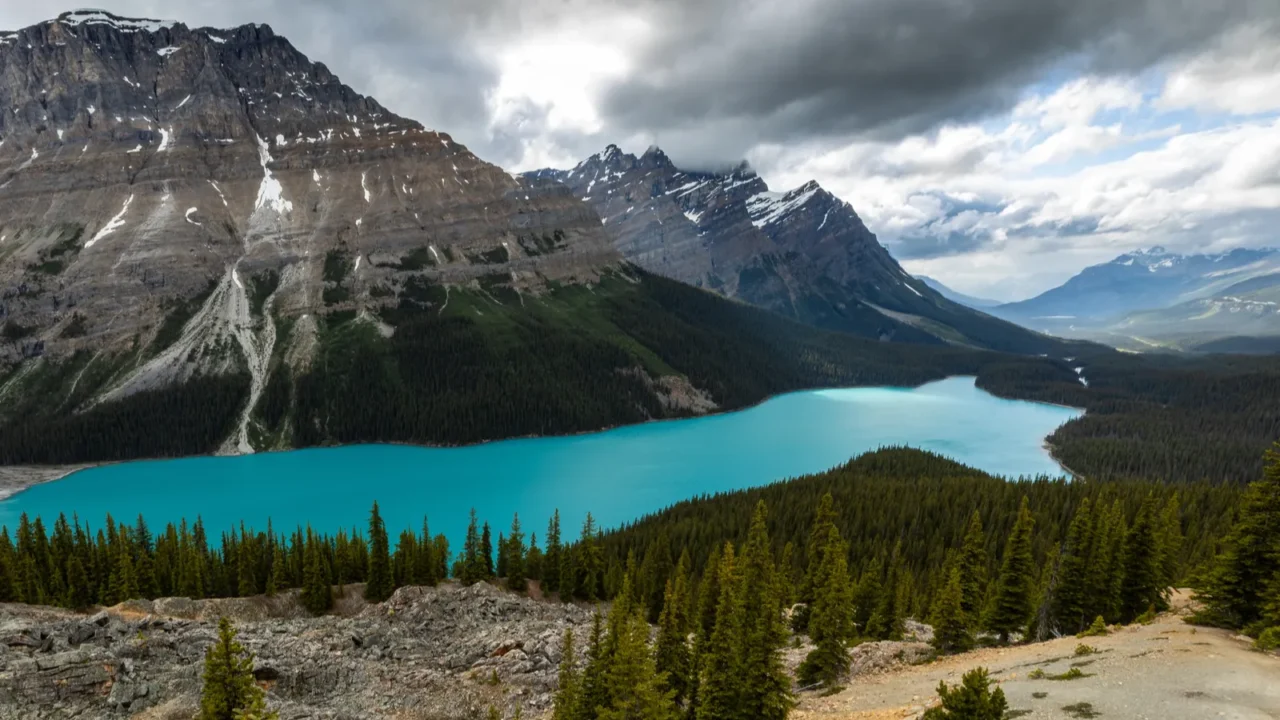
When tourism harms wonder
Some of the world’s most iconic attractions have lost their charm due to too many visitors. Crowds, commercialization, and careless tourism practices can turn magical experiences into stressful ones.
Even places meant to inspire awe can feel chaotic when overwhelmed by tourists. These examples show that preserving beauty and culture requires awareness and thoughtful management from both authorities and visitors. Planning ahead and visiting responsibly can make all the difference.
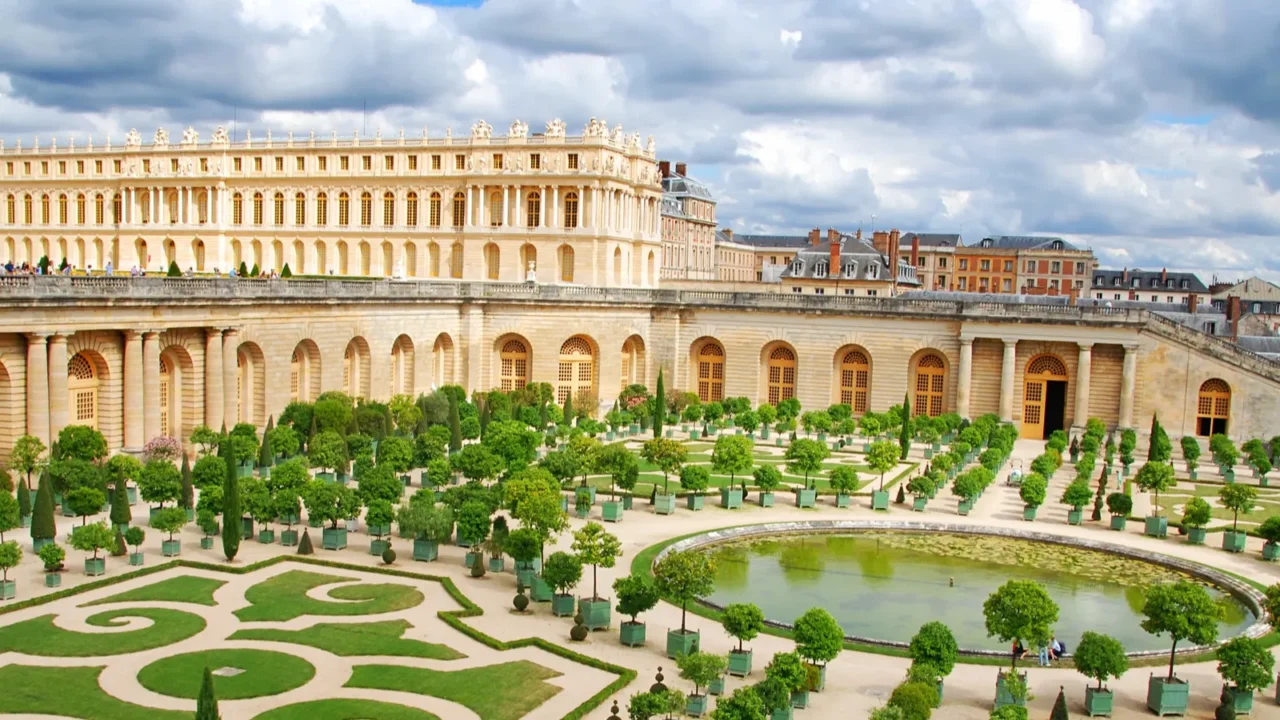
Palace of Versailles, France
The grandeur of Versailles is still breathtaking, but visitor crowds can make the Hall of Mirrors feel cramped and overwhelming. Summer months bring a flood of tourists that diminishes the palace’s regal atmosphere.
Efforts to manage visitor flow are ongoing, but the palace is struggling to balance preservation with popularity. Experiencing Versailles now often feels more like navigating a crowd than soaking in history. Key areas of the palace, especially the Hall of Mirrors, often become crowded during peak hours, impacting the overall visitor experience.
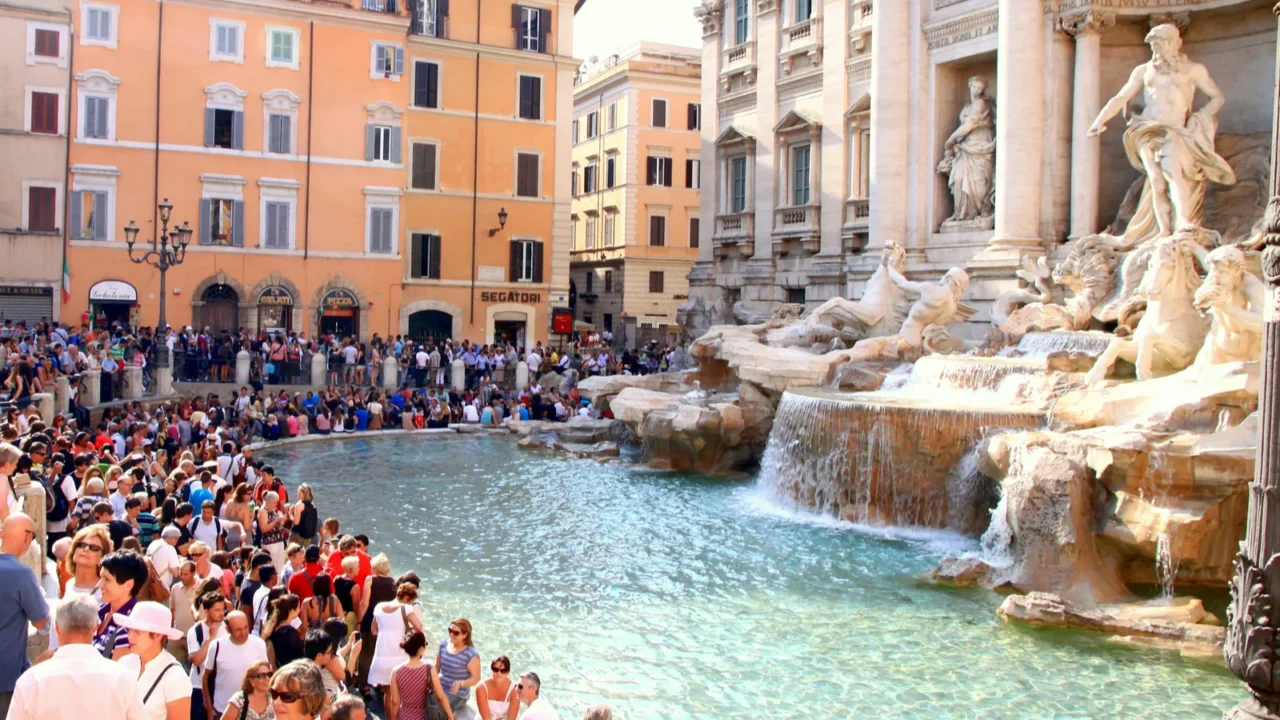
Trevi Fountain, Rome
The Trevi Fountain remains a symbol of Roman beauty, yet tourists jostle to toss coins and snap photos. Overcrowding has transformed this iconic fountain from a place of reflection into a hectic hotspot.
Nearby streets are packed with souvenir stalls and tour groups, leaving little space to enjoy the fountain’s artistry. Its timeless charm is compromised when the focus shifts from admiration to maneuvering through crowds. Taking a quiet moment to appreciate it is now rare.
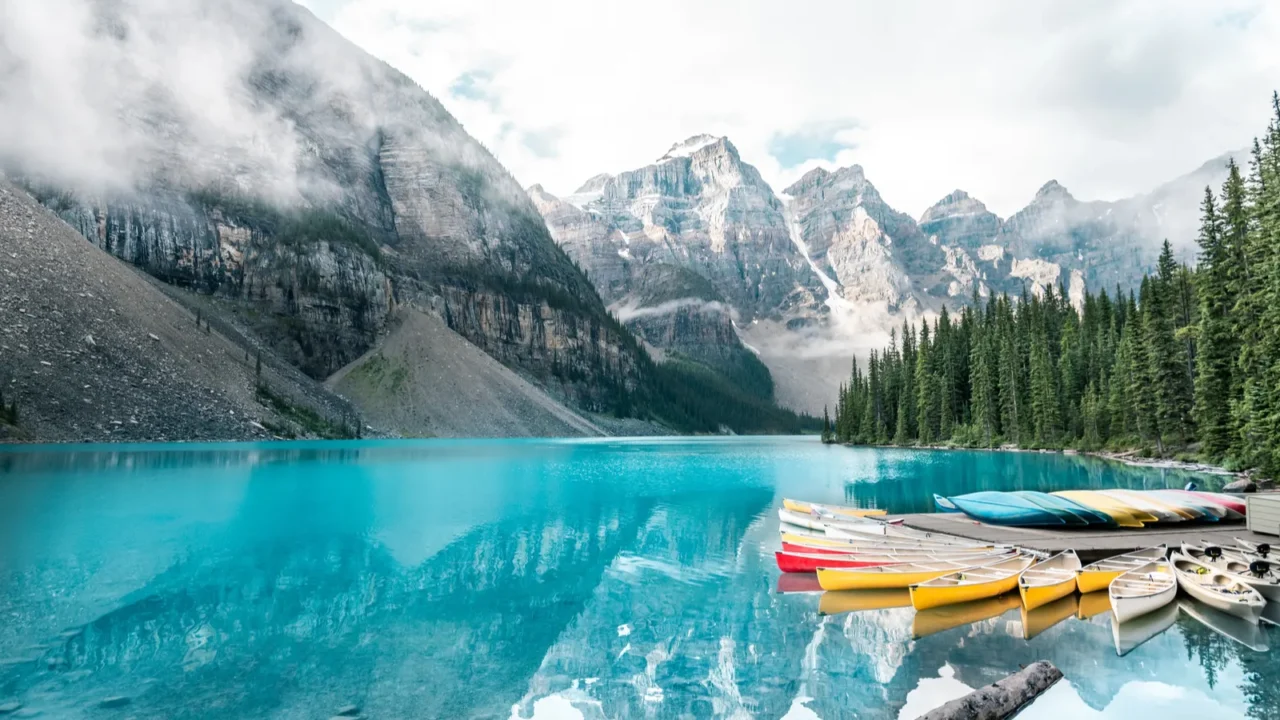
Banff National Park, Canada
Banff is famous for stunning mountains and turquoise lakes, but heavy tourism strains the environment. Litter, congestion, and trampling of delicate areas threaten its natural serenity.
Authorities have introduced visitor limits and strict rules, but managing millions of annual tourists remains challenging. Visitors often find themselves navigating parking shortages and crowded trails instead of the peaceful nature. Those seeking solitude may need to explore lesser-known areas.
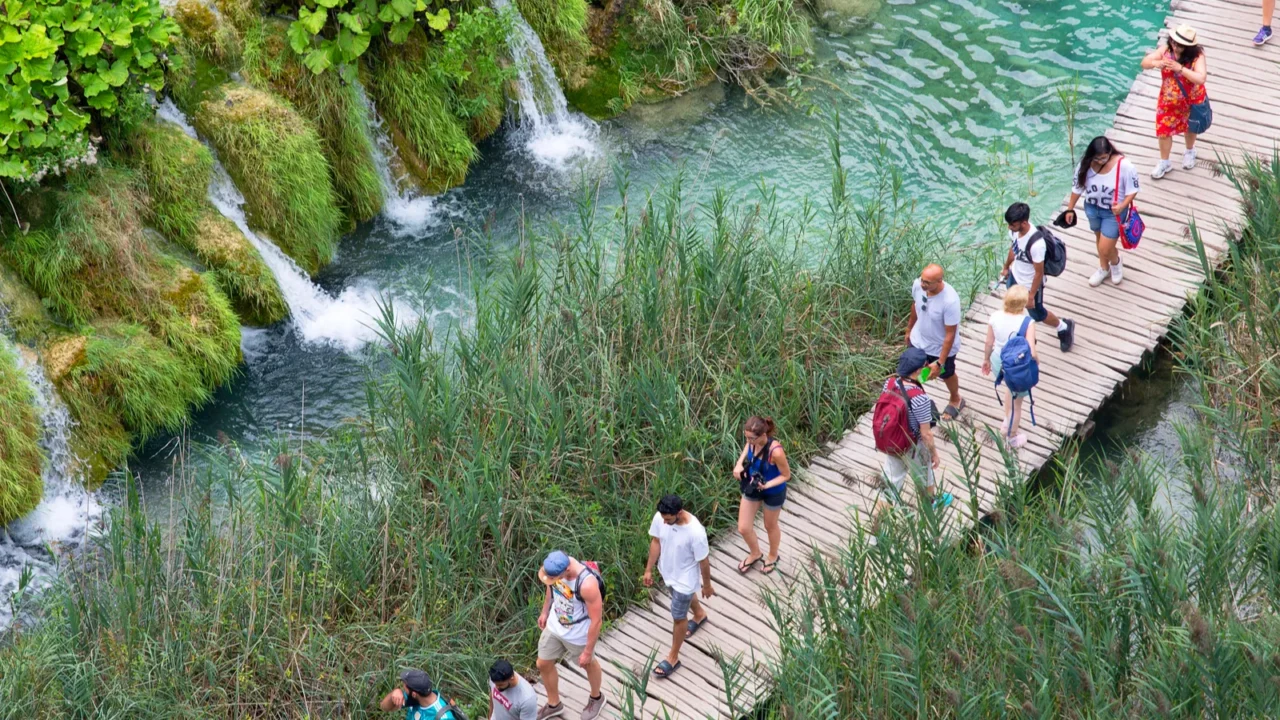
Plitvice Lakes National Park, Croatia
Once a quiet escape, Plitvice Lakes now feels more like a theme park during peak season. Wooden walkways and hiking paths become crowded, which disrupts the park’s natural calm.
Infrastructure is stretched to accommodate large groups, diminishing the sense of tranquility. Many visitors leave without fully appreciating the cascading waterfalls and pristine forests that once defined the park. Patience and early visits are key to a better experience.

Oia, Santorini, Greece
The whitewashed streets and blue domes of Oia are now crowded with selfie-taking tourists. The village’s narrow alleys struggle to handle the daily surge, reducing the intimate, relaxed vibe.
Locals often complain about disruptive behavior and rising prices. The charm that once defined Santorini’s postcard-perfect scenes has been compromised by over-tourism and commercialization. Visiting early in the morning can help capture its original magic.
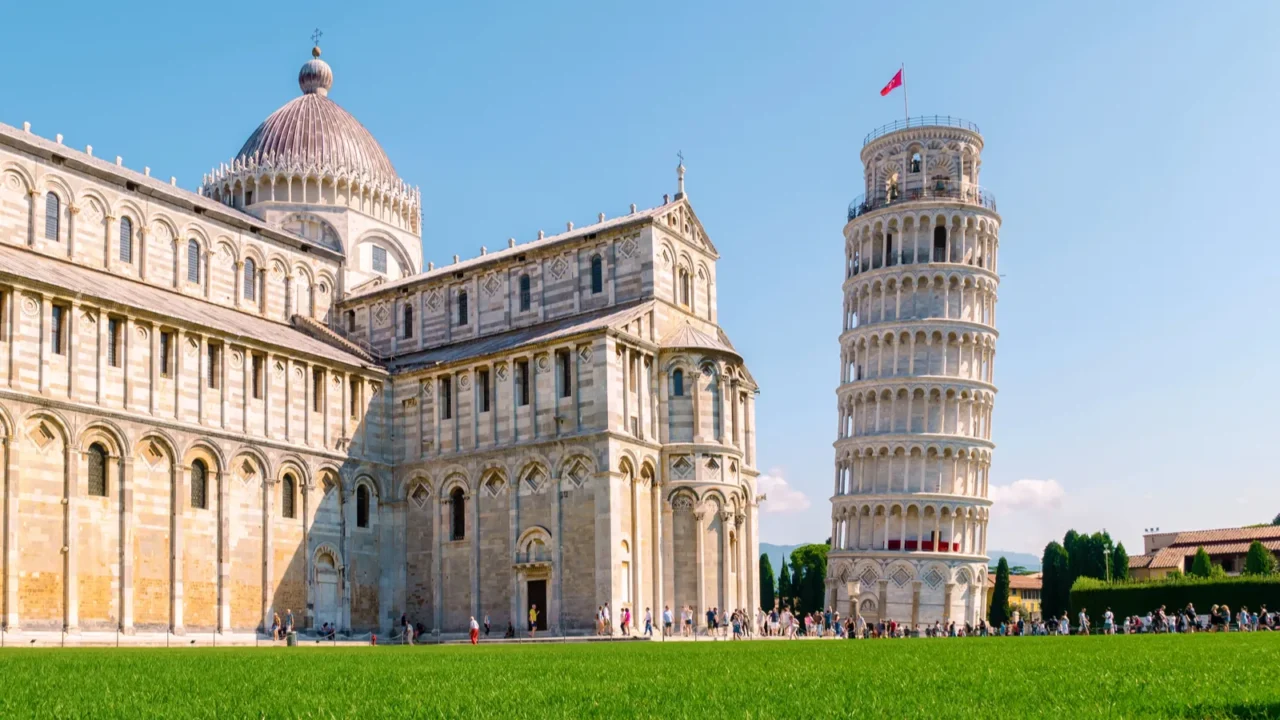
The Leaning Tower of Pisa, Italy
Pisa’s famous tower is now surrounded by souvenir shops and dense crowds. Tourists focus on photos rather than appreciating its architectural significance.
The area has lost much of its historic ambiance as commercial activity dominates. Even a short visit can feel more like navigating a busy marketplace than exploring history. Exploring nearby streets can offer a glimpse of Pisa’s calmer side.
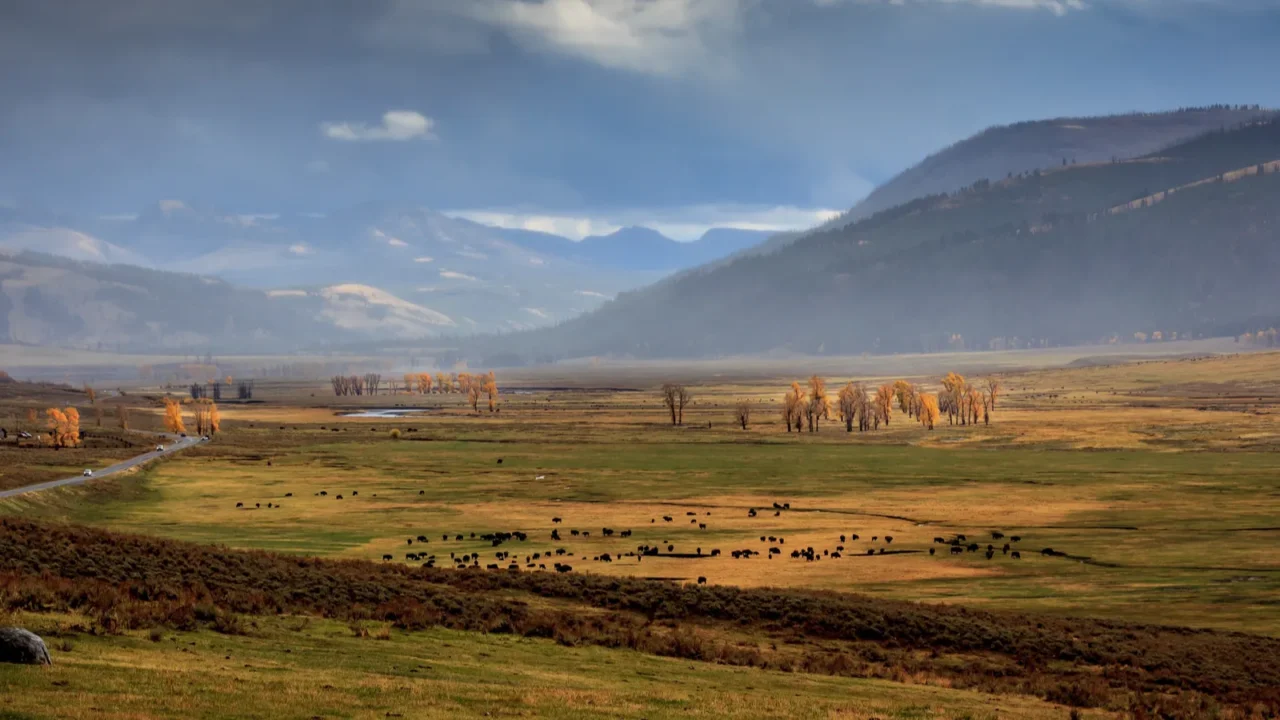
Yellowstone National Park, USA
Yellowstone’s geysers, hot springs, and wildlife are legendary, but busy seasons bring overcrowded trails and parking lots. Natural wonder is often overshadowed by long lines and congested viewpoints.
Rangers enforce rules to protect the park, but visitor volume sometimes limits peaceful exploration. Quiet moments with nature, once the park’s hallmark, can feel rare during peak tourism. Visiting less popular trails can restore a sense of wilderness.
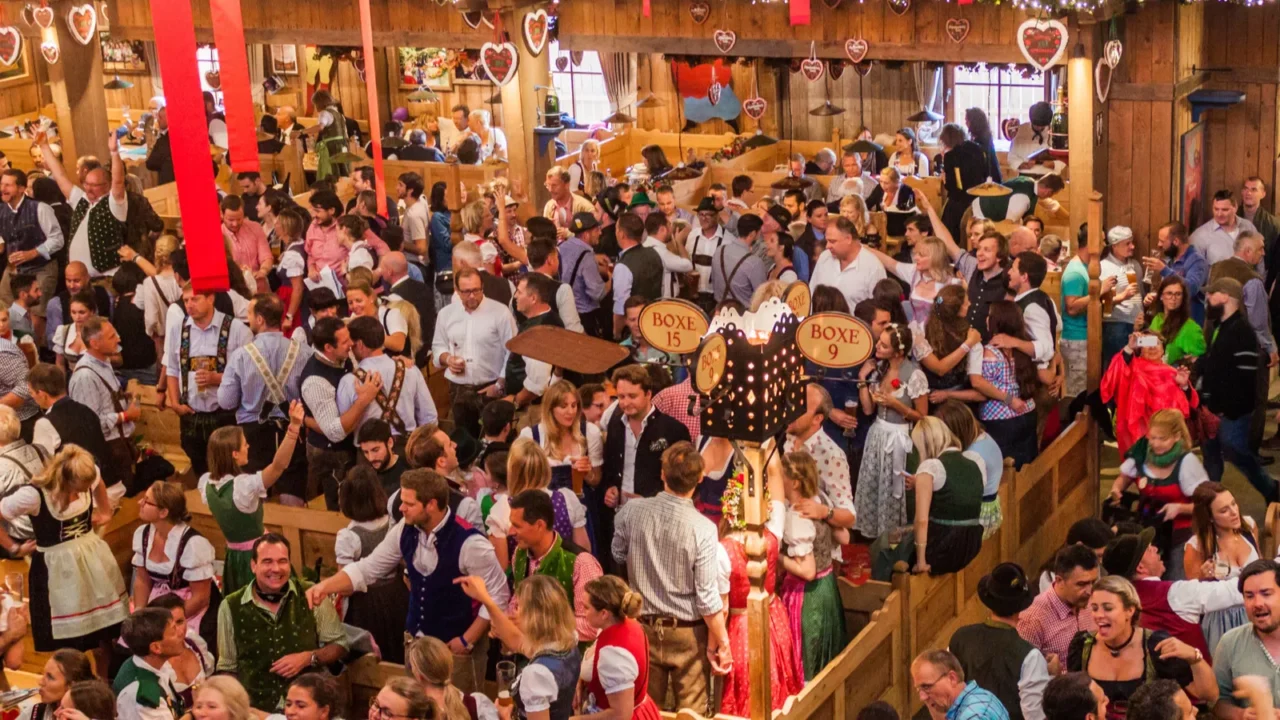
Oktoberfest, Munich, Germany
Oktoberfest draws millions, but the festival often caters more to tourists than locals. Commercial pressures and large crowds have diluted the traditional Bavarian experience.
The authentic music, beer tents, and local charm are harder to enjoy amid constant lines and tour groups. Even festival veterans notice that smaller regional celebrations now feel more genuine. Participating respectfully can still create memorable experiences.
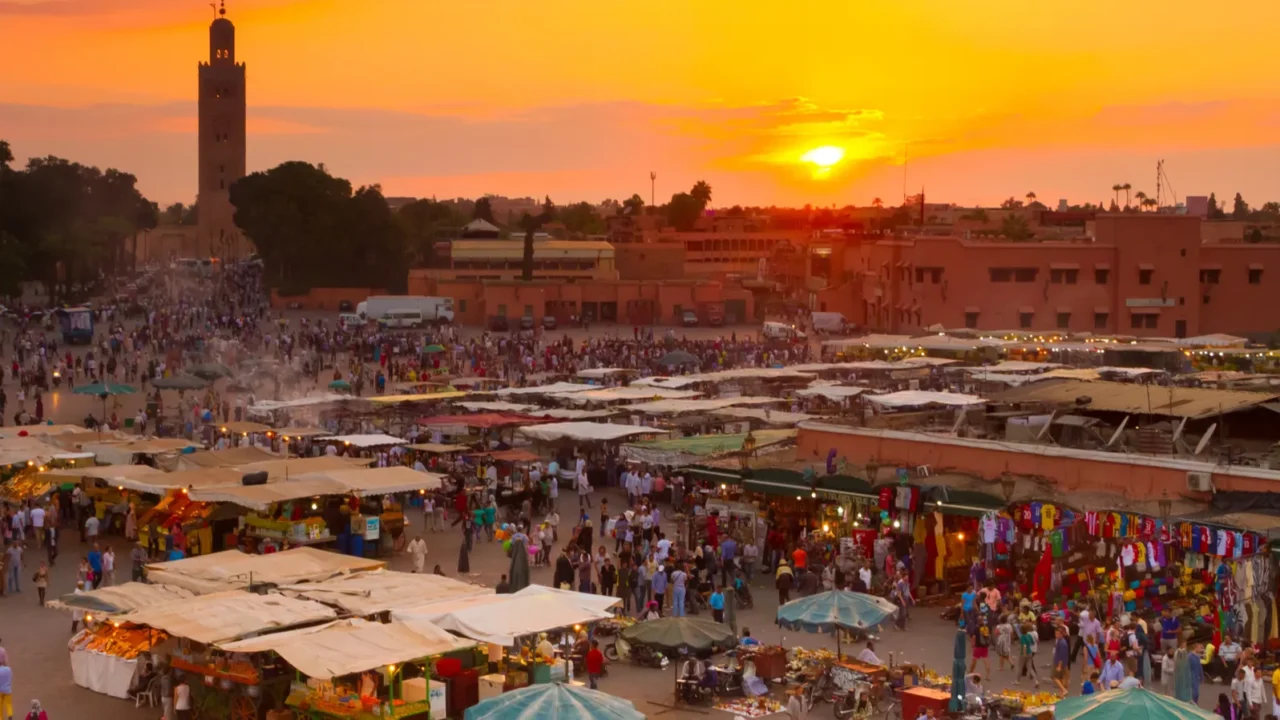
Jemaa el-Fnaa Market, Marrakesh
This vibrant market has lost some authenticity due to aggressive vendors and counterfeit goods. Tourists often find the experience more stressful than culturally enriching.
The lively street atmosphere is now tinged with commercial exploitation. Authentic Moroccan crafts and performances are sometimes overshadowed by visitor fatigue and high-density crowds. Exploring early or with a guide helps appreciate the culture.
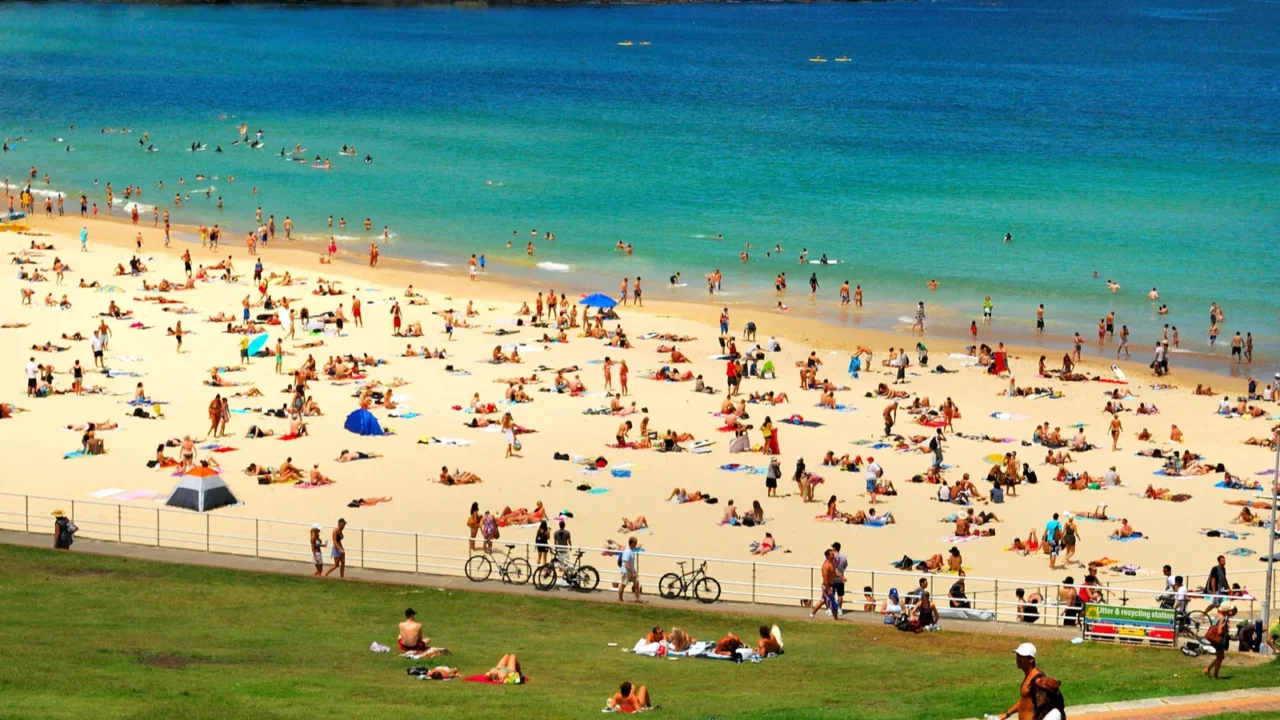
Bondi Beach, Sydney, Australia
Bondi Beach is famous worldwide, but summer crowds can make swimming or relaxing a challenge. The beach’s natural beauty is compromised by congestion and commercialization due to tourism.
Nearby shops and attractions add to the crowded feeling, making it difficult to enjoy the iconic coastal lifestyle. Despite its popularity, the beach can feel more like a tourist spectacle than a relaxing getaway. Visiting off-peak hours improves the experience dramatically.
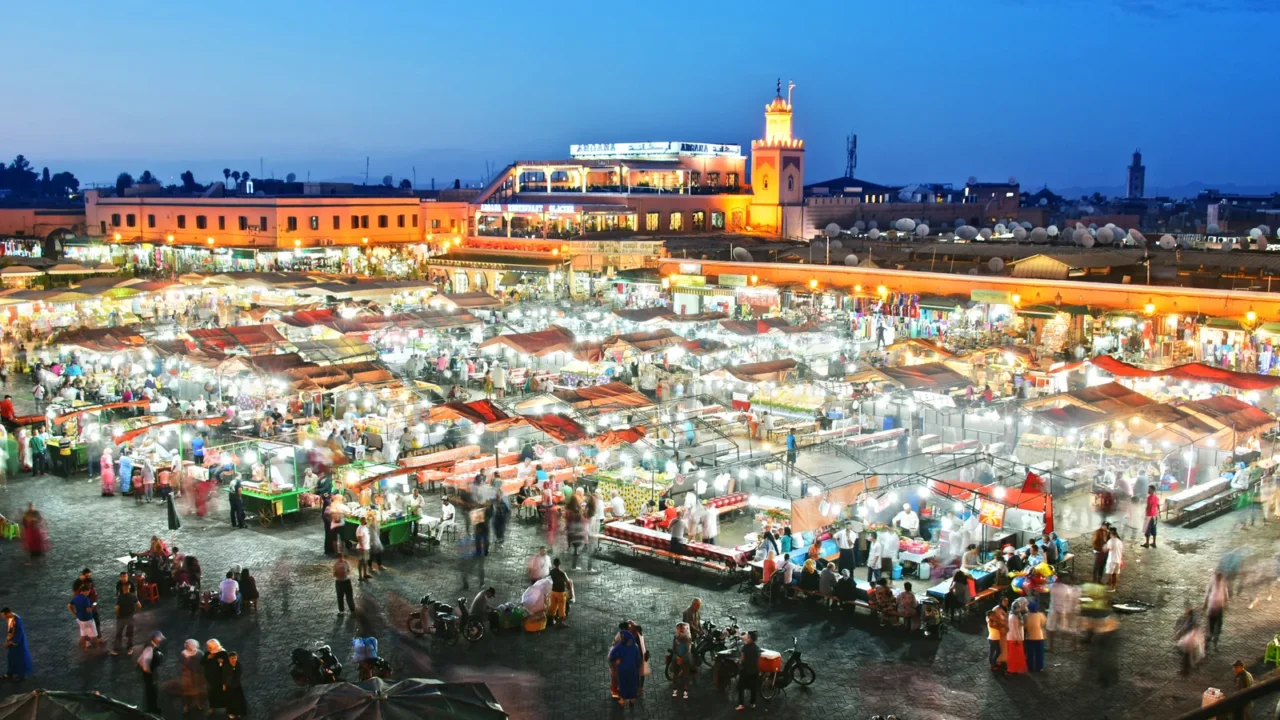
Lessons from over-tourism
These attractions show that unlimited visitors can harm culture, nature, and local experiences. Proper management, education, and sustainable practices are essential to protect these wonders.
Spreading tourists across less-visited areas, enforcing limits, and fostering respect for local customs can preserve both sites and visitor enjoyment. Responsible tourism ensures future generations can experience these attractions as they were meant to be. Small changes in behavior make a lasting difference.
Curious which destinations might vanish next? Check out these amazing places before they disappear forever.
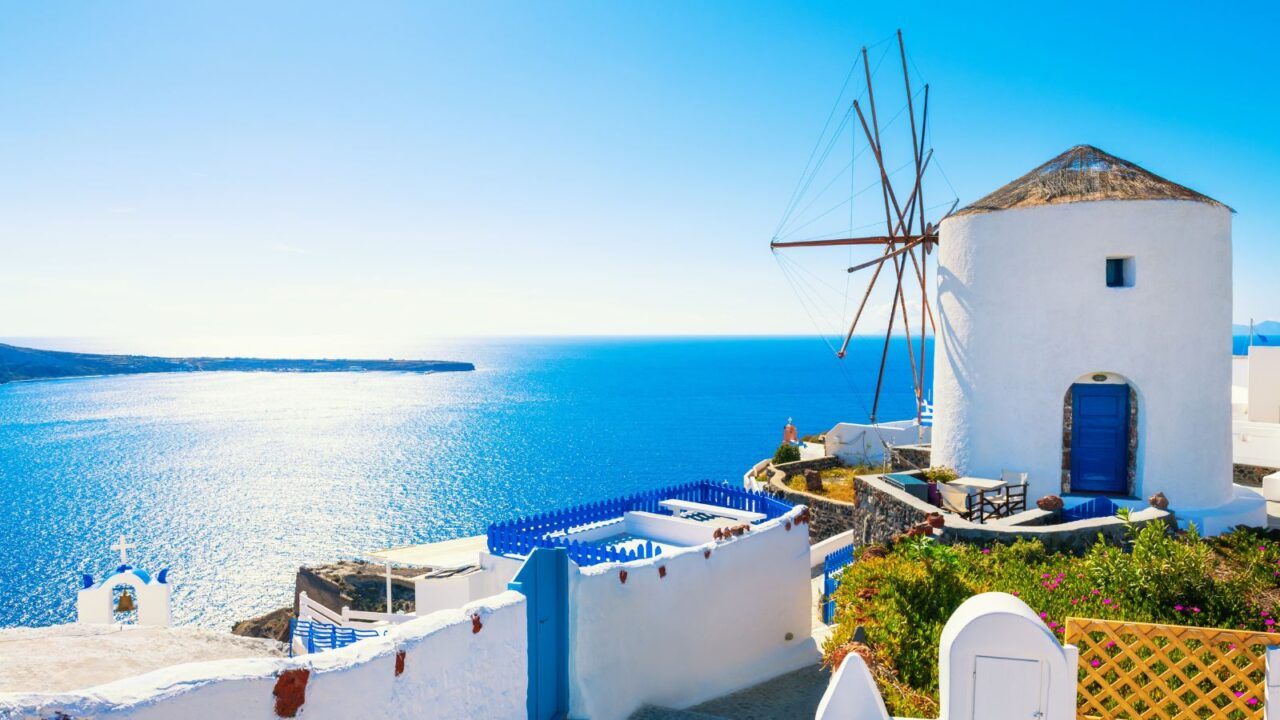
When beauty meets caution
Even breathtaking landmarks aren’t immune to the effects of mass tourism. Visitor overload can turn awe-inspiring sites into stressful, commercialized experiences.
Learning from these examples reminds us to plan visits carefully. Timing, respect, and sustainable choices can help keep the magic alive at the world’s most famous destinations. Being mindful ensures the beauty and heritage remain intact.
Loved learning about ruined attractions? Don’t miss the list of the 14 most overcrowded tourist traps around the world.
Which ruined attraction surprised you the most? Share your thoughts below.
Read More From This Brand:
- Kyoto hikes tourist tax by 900% starting in 2026. Would you still visit?
- Las Vegas locals get big discounts as tourism declines
- Australia stays strong as a bright spot in U.S. tourism
Don’t forget to follow us for more exclusive content right here on MSN.
This slideshow was made with AI assistance and human editing.